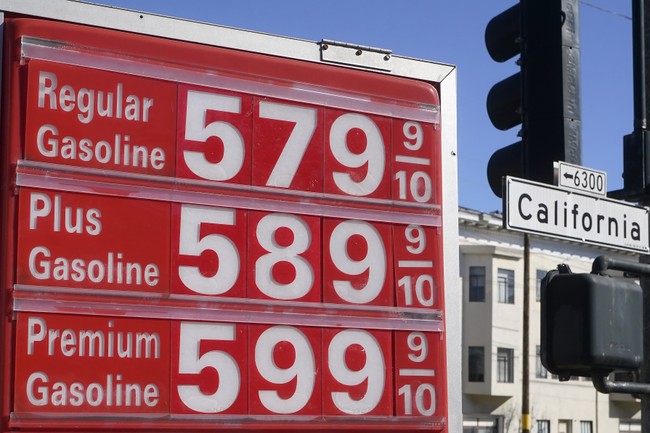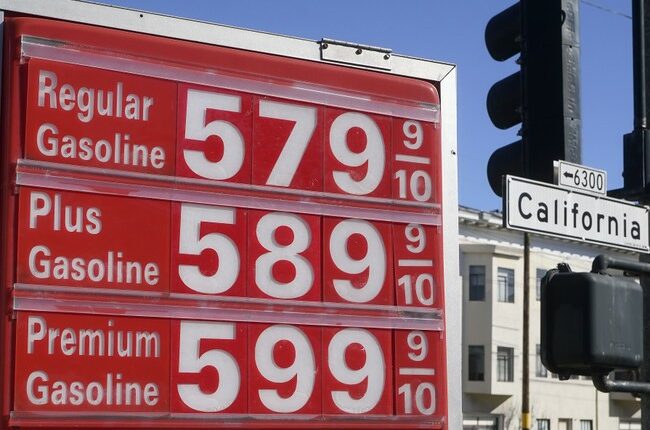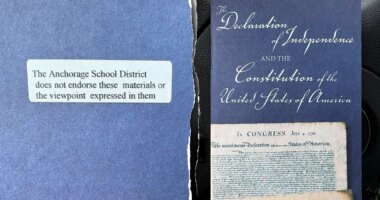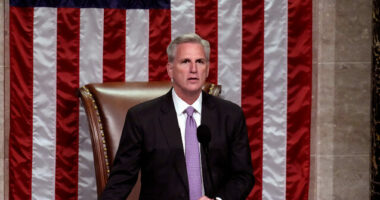Share this @internewscast.com

By Mike Garcia
According to AAA, the average price per gallon of gasoline in California has hit $4.66 this week, which is a staggering $1.50 more than the national average. The primary culprit? State policies. A significant portion of this price difference is due to California’s gasoline excise tax, which greatly inflates fuel costs compared to those east of the Colorado River.
As of July 1, 2025, California imposes a state excise tax of 61.2 cents per gallon. This tax is indexed to inflation and automatically increases each July unless legislative action is taken to halt it. Essentially, the state claims more than sixty cents per gallon before gas stations see any revenue.
Such a high tax rate is unusual. In neighboring Arizona, the state excise tax is only 18 cents per gallon. This 43-cent discrepancy explains why many drivers opt to fill up their tanks in places like Lake Havasu or Yuma before entering California. All motorists contribute the federal tax of 18.4 cents per gallon, but California’s hefty extra charge is a local burden.
The central concern isn’t just the high tax but its automatic annual increase. The current law adjusts the excise tax rate each July according to inflation, which led to the rise from 59.6 cents to 61.2 cents this year. Though the term “indexation” may seem technical, the outcome is straightforward: without legislative intervention, Californians face yearly hikes. For those commuting long distances, such as nurses or delivery drivers traveling from the Antelope Valley to downtown Los Angeles, these incremental costs accumulate quickly.
The real issue isn’t just how high the tax is – it’s how it’s designed to keep rising automatically. Under current law, the excise rate adjusts each July based on inflation. That’s why it rose from 59.6 cents to 61.2 cents this year. The term “Indexation” may sound technical, but the result is simple: Without a deliberate vote from the legislature, Californians pay more every year. For a nurse or delivery worker commuting from the Antelope Valley to downtown Los Angeles, those pennies add up fast.
Economists have long warned that per-gallon taxes on essentials are regressive, hitting working families hardest. Recent academic work confirms that gasoline taxes burden lower-income drivers most — long commutes, with high housing costs forcing people to drive further to work just to afford a home. The further you drive, the harder the taxes bite.
Supporters of the current system claim that high taxes are the price of good roads. But even Sacramento’s own budget analysts have noted the imbalance: According to the Legislative Analyst’s Office, every one-cent cut in the gasoline excise tax reduces state revenue by just 0.05% of total state spending — a tiny fraction of the budget.
And what do Californians get for that money? Not much. The Reason Foundation’s latest report ranks states on 13 measurable categories — from pavement and bridges to congestion and efficiency. The results are telling: North Carolina charges about 40.3 cents per gallon and ranks first in overall highway performance; Tennessee charges about 27.4 cents and ranks fifth — both far ahead of California, which charges 61.2 cents and ranks 49th.
Clearly, how funds are spent matters more than how much is collected.
















